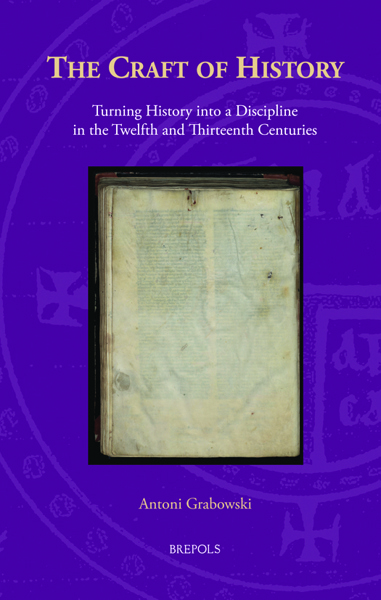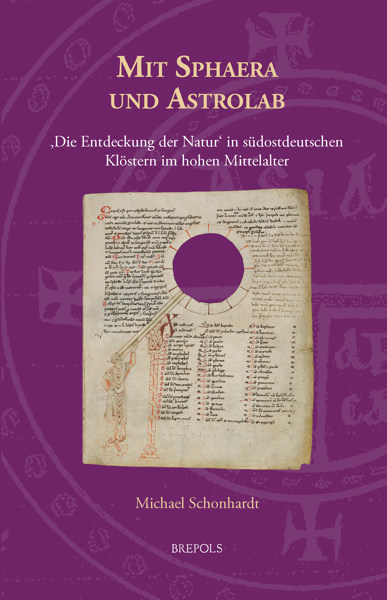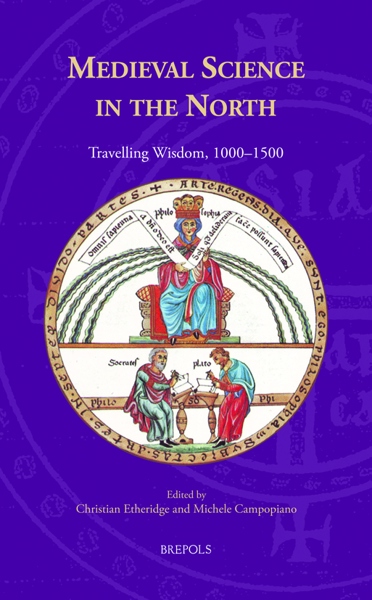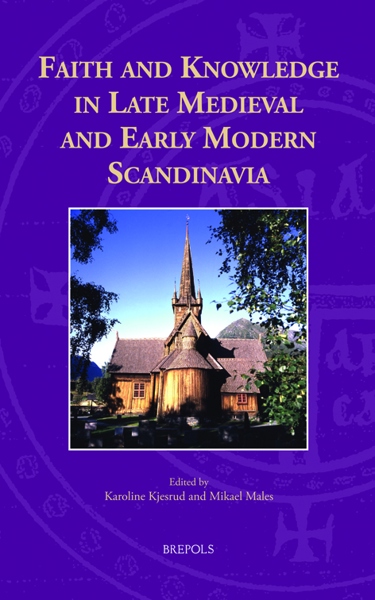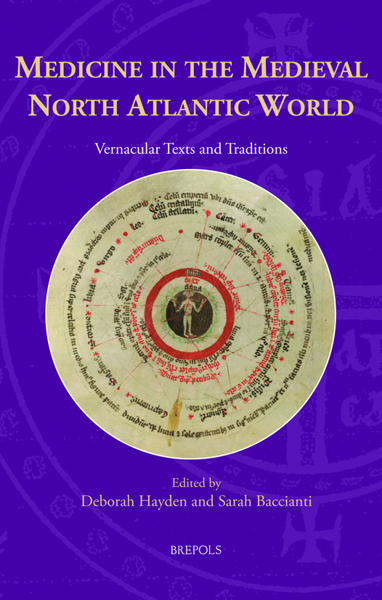
The Craft of History
Turning History into a Discipline in the Twelfth and Thirteenth Centuries
Antoni Grabowski
- Pages: 298 p.
- Size:156 x 234 mm
- Language(s):English
- Publication Year:2025
- € 100,00 EXCL. VAT RETAIL PRICE
- ISBN: 978-2-503-61104-4
- Hardback
- Available
- € 100,00 EXCL. VAT RETAIL PRICE
- ISBN: 978-2-503-61105-1
- E-book
- Available
"Grabowskis Studie lässt an Gründlichkeit und Belegen der behandelten Aspekte nichts zu wünschen übrig und leistet damit einen ausgesprochen wichtigen Beitrag zur Arbeitsweise (einiger) hochmittelalterlicher Geschichtsschreiber." (Hans-Werner Goetz, in Sehepunkte, 25/9, 2025)
Antoni Grabowski is an assistant professor at the Tadeusz Manteuffel Institute of History of Polish Academy of Sciences. He specializes in the study of medieval historiography from the tenth to the thirteenth century.
History is today an established academic discipline, characterized by the use of footnotes and references to support claims. However, attempts to codify history and impose disciplinary rigour were made in the Middle Ages, even before the introduction of the modern apparatus. One such attempt was the use of the source mark, a precursor of the modern footnote. Initially used in the works of lawyers and theologians, the source mark indicated that a text and its ideas belonged to a named authority. The application of the source mark to historical writings marked a change in the way history was perceived.
This volume explores how history was transformed into a discipline by focusing on four key twelfth-and thirteenth-century sources: the anonymous Status Imperii Iudaici, the Chronicle of Hélinand of Froidmont, the Chronicle of Alberic of Trois-Fontaines, and Vincent of Beauvais’s Speculum Historiale. By focusing on these four texts and examining the influences of surrounding disciplines such as law and theology, the author explores how these historical writers drew on a wide range of different sources of information to provide a truthful account of the past. Furthermore, the aim of producing a reliable narrative was combined with an awareness of the status of the author. Through these case studies, this volume offers a fascinating reassessment of our modern understanding of the origins of the study of history.
Acknowledgements
List of Abbreviations
Introduction
Chapter 1. Compiling History
Chapter 2. Marginal Scholoarship
Chapter 3. Directory of Authorities
Chapter 4. The Conundrum of Auctor
Chapter 5. The Truth is Out There
Conclusions
Appendix. The Use of Source Marks in the Early and High Middle Ages
Works Cited
Index
